Blog > The Future of Advertising: Transforming Advertising with Generative AI
The Future of Advertising: Transforming Advertising with Generative AI
August 7th, 2023
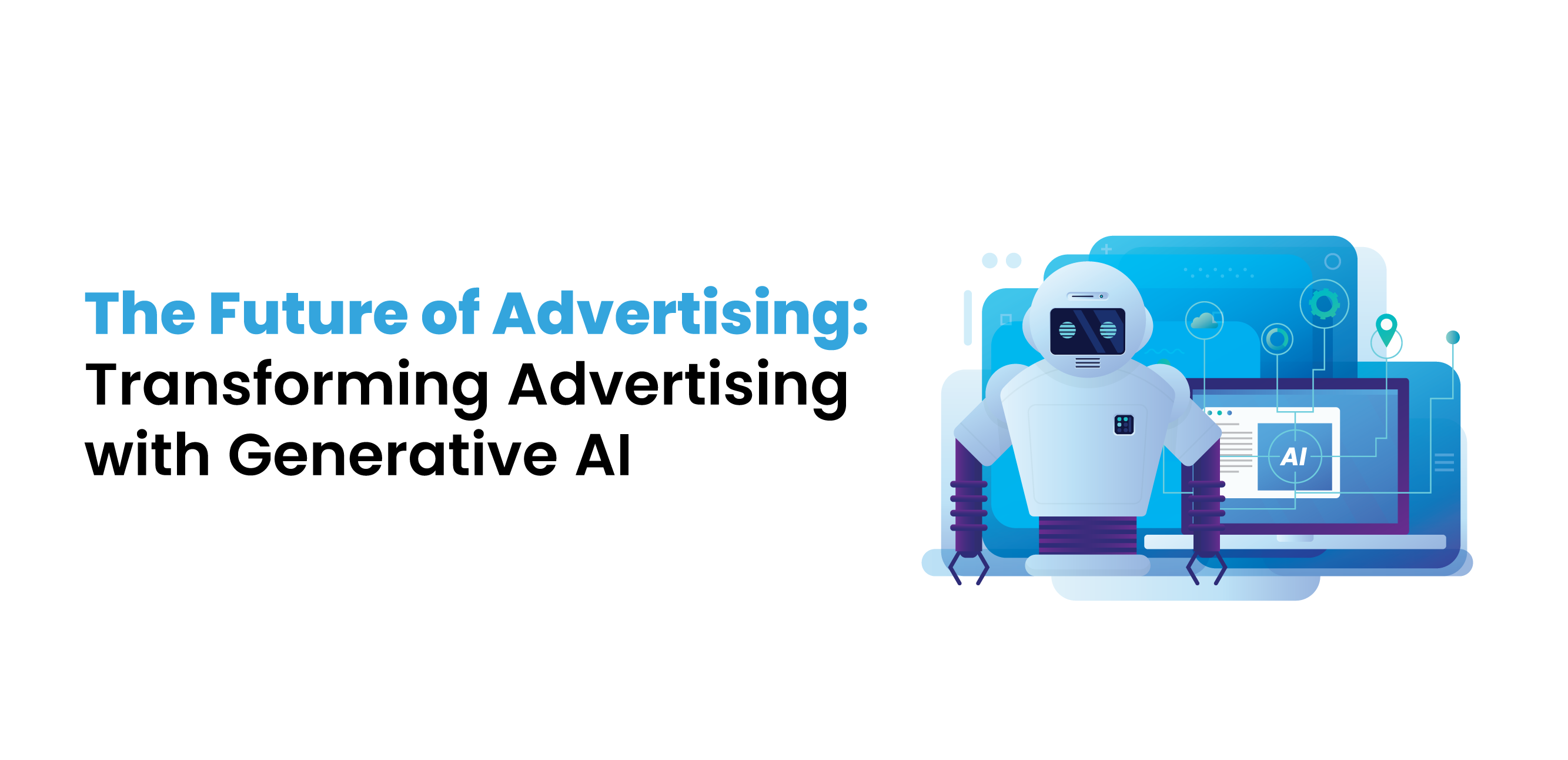
Table of Contents
This blog delves into the ways generative AI has transformed marketing and advertising.
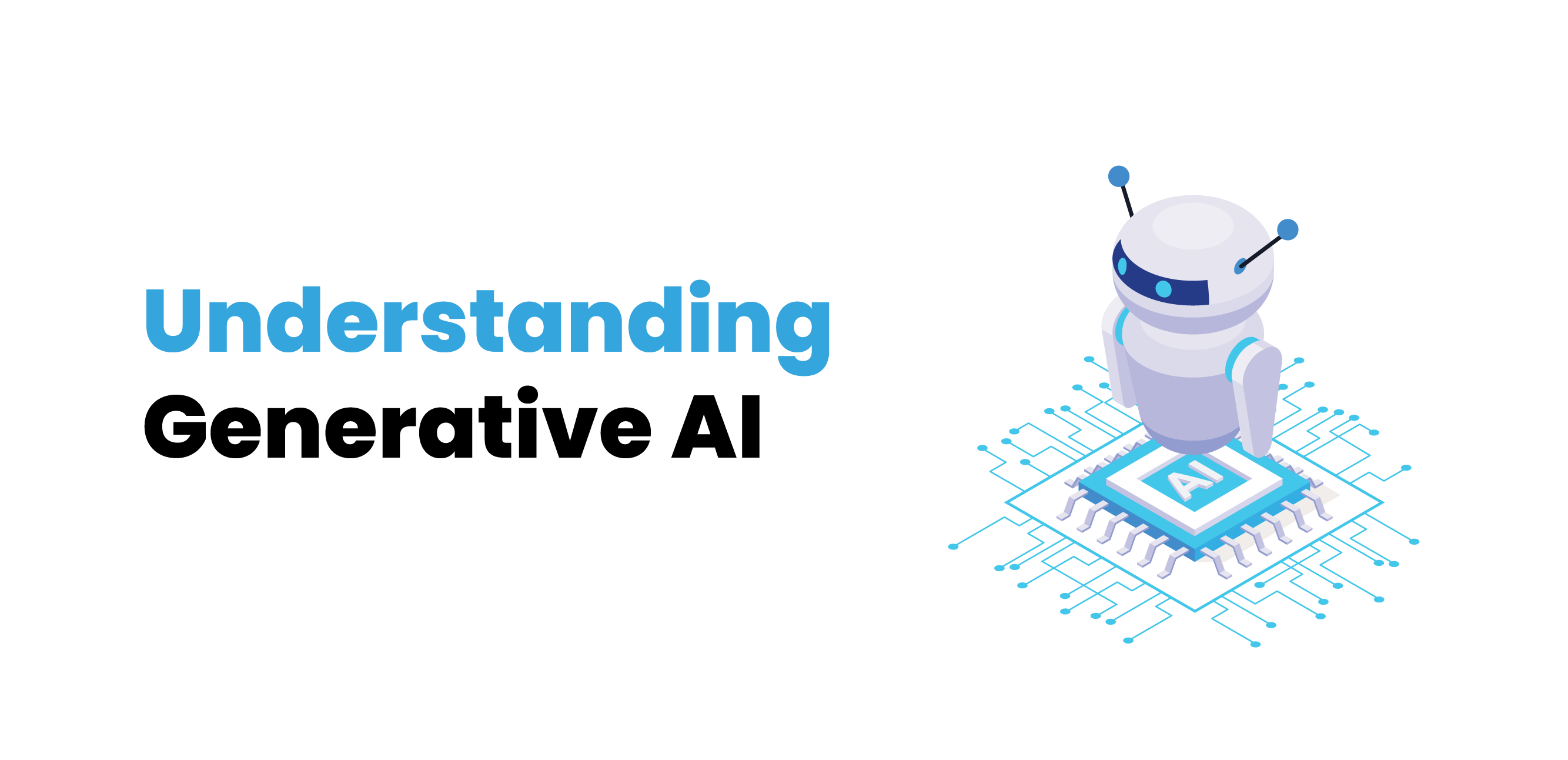
Generative AI is a class of artificial intelligence that enables machines to create content autonomously, imitating human creativity and intuition. Unlike traditional AI systems, which are trained on existing data to perform specific tasks, generative AI relies on deep learning models to generate original content.
This breakthrough technology has sparked immense interest across various industries, and advertising is no exception.
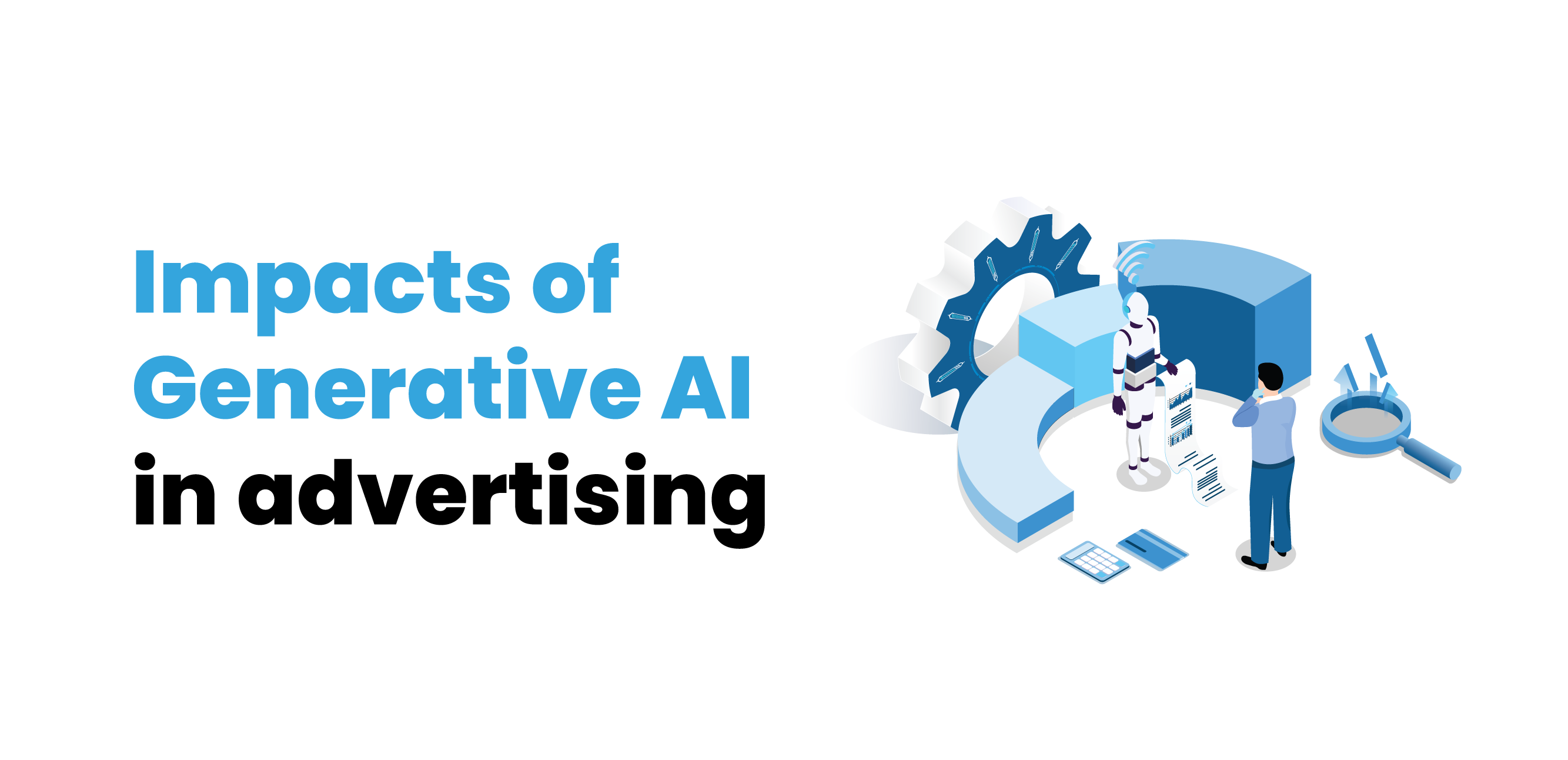
Here are some examples of how generative AI is being used in personalised advertising today:
Here are some of the challenges that need to be addressed in order to realise the potential of generative AI in hyper-relevant advertisements: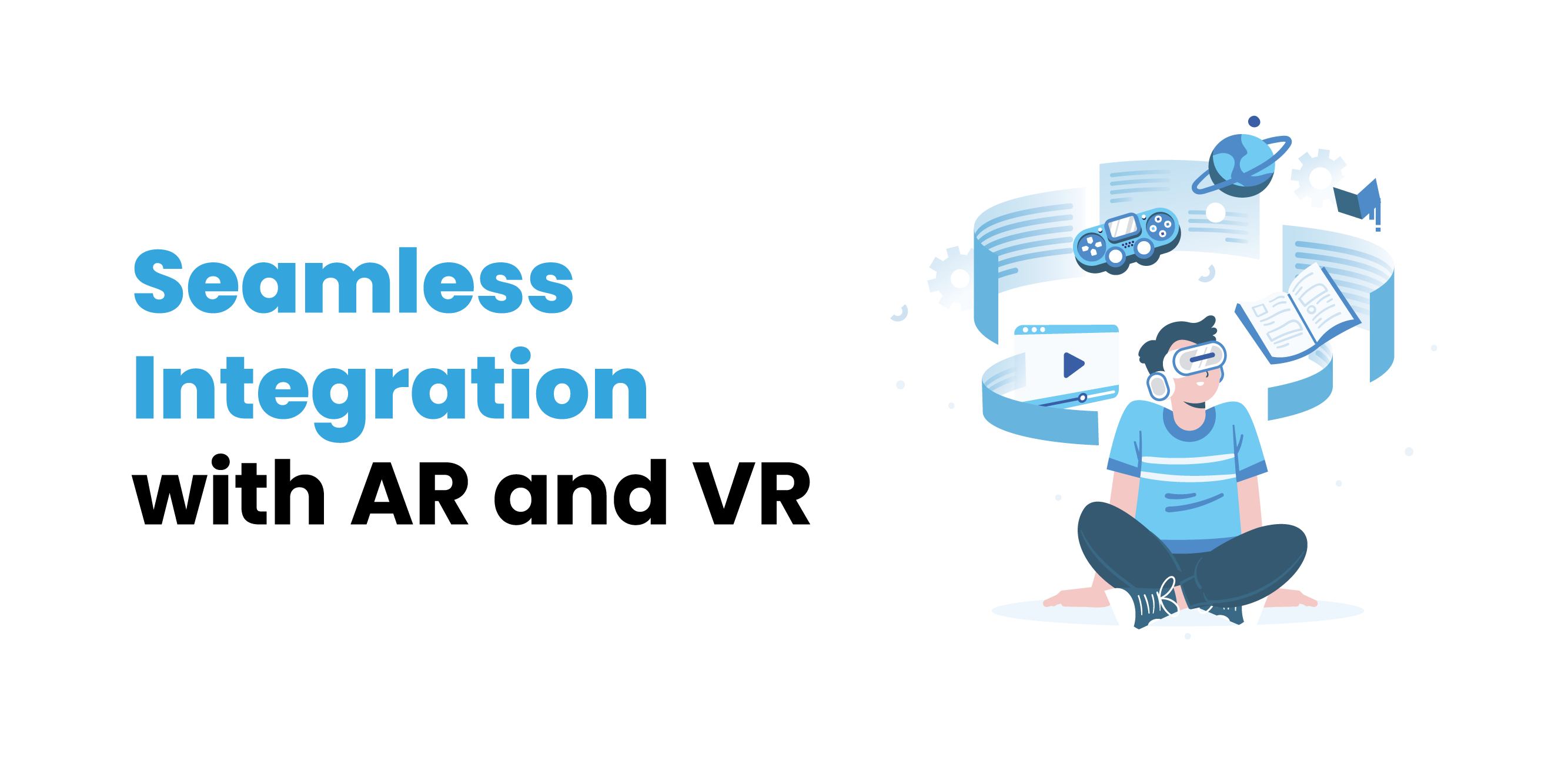
Augmented Reality (AR) and Virtual Reality (VR) have already shown tremendous potential in the advertising space, providing immersive experiences for consumers.
Here are some specific examples of how generative AI could be used to seamlessly integrate with AR and VR: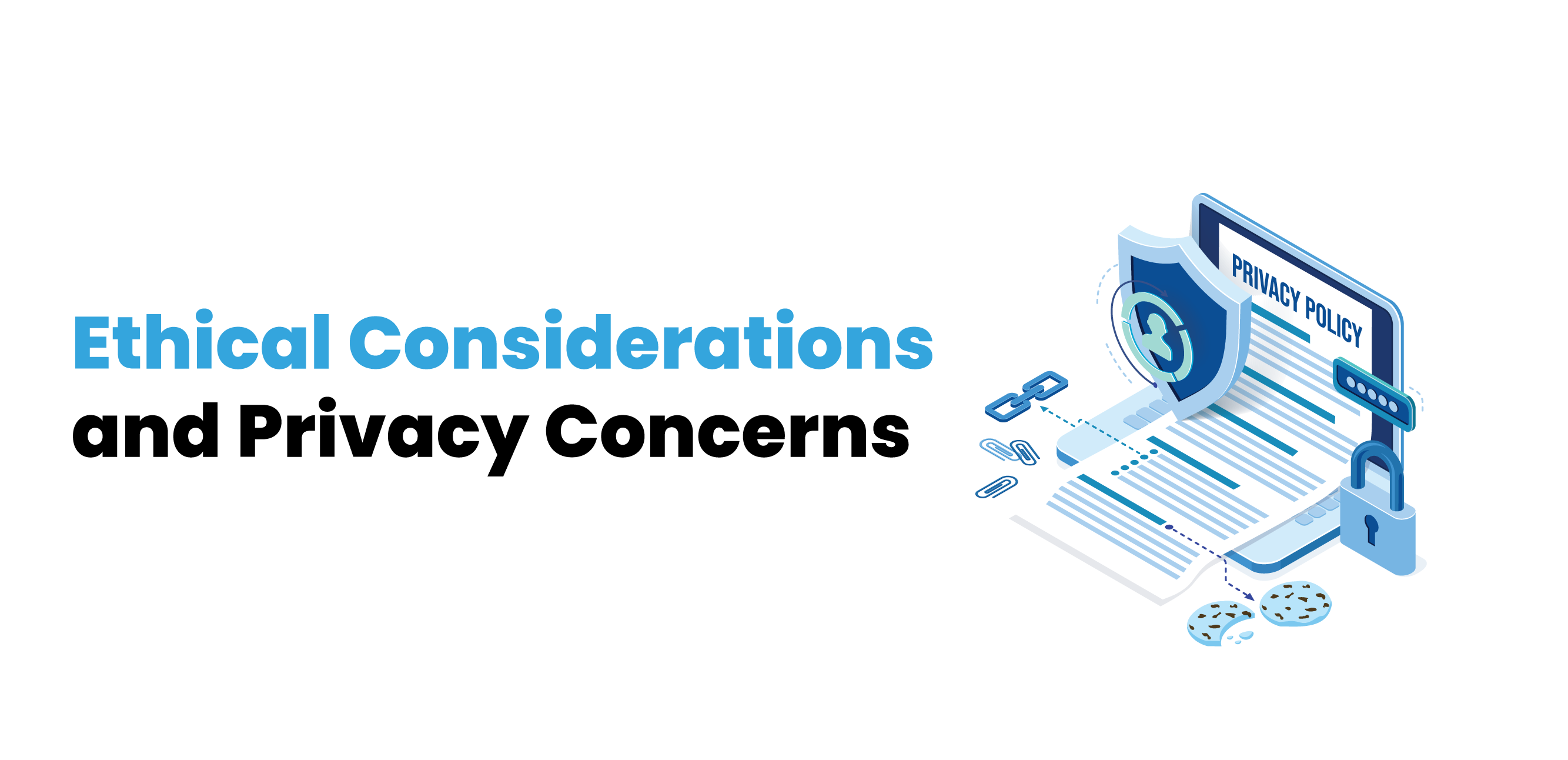
Generative AI is a powerful technology with the potential to be used for good or for bad. Striking a balance between creative freedom and responsible use of AI-generated content will be crucial in maintaining consumer trust and safeguarding against potential misuse.
Some of the privacy concerns that need to be taken into account when using generative AI include: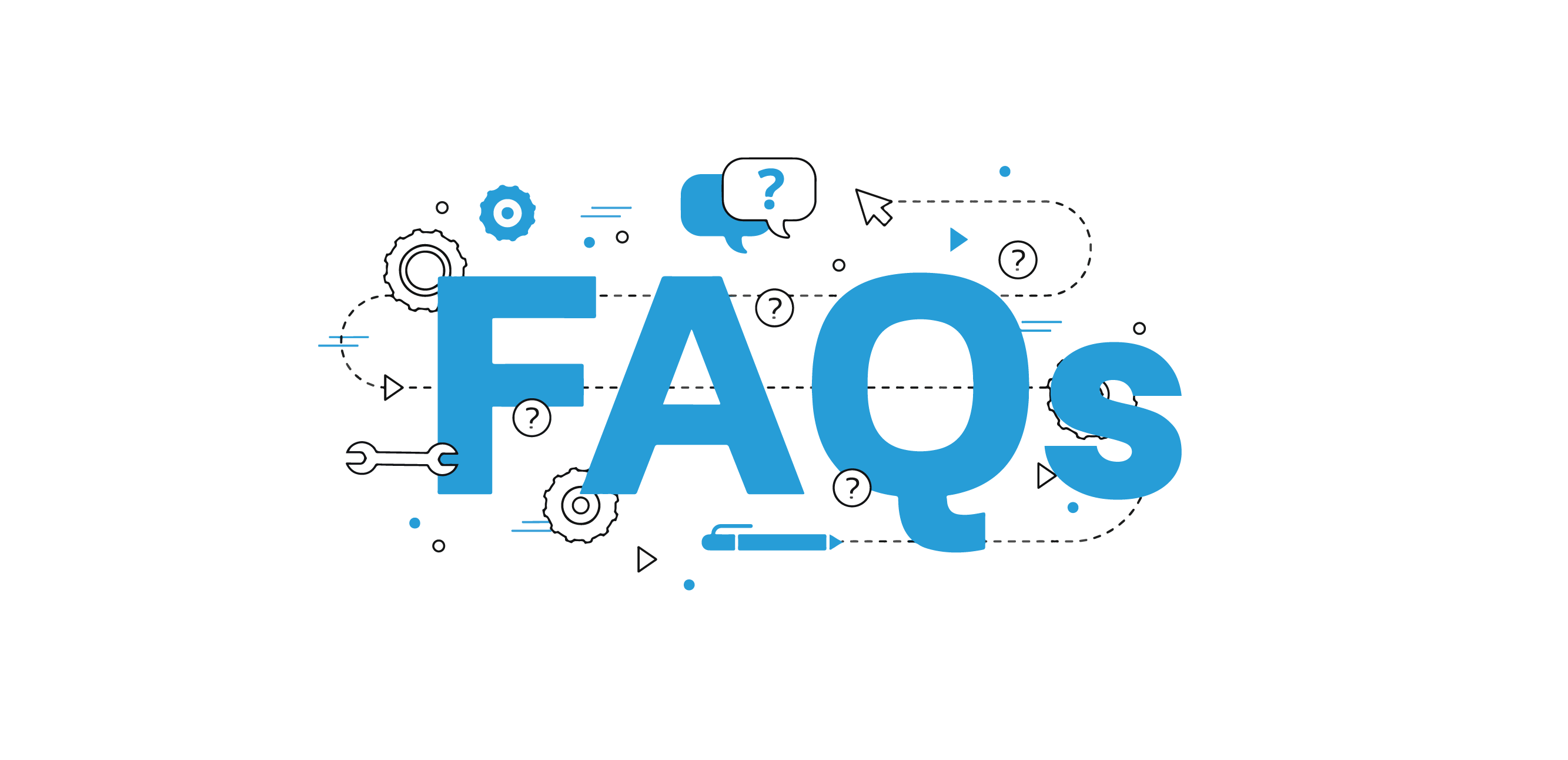

Generative AI is revolutionising the marketing and advertising industry, paving the way for a more personalised, efficient, and relevant approach to marketing. Moving into the future, embracing generative AI's potential while remaining vigilant about its implications will be vital in transforming advertising into a more engaging, user-centric, and innovative realm.
If you want to excel in the fields of Artificial Intelligence Generative AI, then upGrad Campus online certification courses are the perfect platform for you to gain the relevant skills.
- Understanding Generative AI
- Impacts of Generative AI in advertising
- Seamless Integration with AR and VR
- Ethical Considerations and Privacy Concerns
- FAQ’s
- Conclusion
Introduction
The advertising landscape is undergoing a profound transformation, driven by technological advancements that have reshaped the way brands interact with consumers. One such technology that is set to revolutionise advertising is Generative Artificial Intelligence (AI) in advertising with the market size expected to reach $15.7 trillion by 2030. Emerging as a game-changer, this technology has the power to transform advertising campaigns by offering innovative ways to engage customers and deliver personalised experiences unlike traditional advertising methods.This blog delves into the ways generative AI has transformed marketing and advertising.
Understanding Generative AI

Generative AI is a class of artificial intelligence that enables machines to create content autonomously, imitating human creativity and intuition. Unlike traditional AI systems, which are trained on existing data to perform specific tasks, generative AI relies on deep learning models to generate original content.
This breakthrough technology has sparked immense interest across various industries, and advertising is no exception.
Impacts of Generative AI in advertising

1. Personalised Advertising
One of the most significant impacts of generative AI in advertising is the ability to create highly personalised content. By analysing vast amounts of consumer data, AI algorithms can understand individual preferences and behaviours, allowing brands to tailor advertisements with increased personalization, improved engagements, reduced costs and framing new creative possibilities.Here are some examples of how generative AI is being used in personalised advertising today:
- Google Ads: Google Ads uses generative AI to create personalised ad copy based on search terms of individual users.
- Facebook: Facebook or Meta uses generative AI to create personalised ad images based on interests of individual users.
- Amazon: Amazon uses generative AI to create personalised product recommendations based on past purchase history of individual users.
2. Efficient Content Creation
Traditional content creation processes are often time-consuming and resource-intensive. Generative AI streamlines the process by automatically generating various advertising materials, such as images, videos, and even copy. Here are some examples of efficient content creation today:- Midjourney: Midjourney uses generative AI to create a variety of personalised content including blog posts, social media posts, and even email campaigns for brands.
- Copysmith: Copysmith uses generative AI to create high-quality content, such as ad copy, product descriptions, and marketing emails.
- Creatopy: Creatopy uses generative AI to create images, videos, and even infographics.
3. Hyper-Relevant Advertisements
Generative AI continuously analyses user interactions and feedback, ensuring that advertisements are always relevant and up-to-date. Using the latest consumer sentiments, AI-powered ads can adapt in real-time and allow brands to stay relevant in an ever-changing market.Here are some of the challenges that need to be addressed in order to realise the potential of generative AI in hyper-relevant advertisements:
- Bias: Generative AI models can be biased, leading to the creation of discriminatory or offensive ads that need to be addressed on priority.
- Privacy: Advertisers need to be transparent and address the privacy concerns of users while using Generative AI models.
- Regulation: Governments are starting to regulate the use of generative AI in advertising ensuring ethical and responsible use.
Seamless Integration with AR and VR

Augmented Reality (AR) and Virtual Reality (VR) have already shown tremendous potential in the advertising space, providing immersive experiences for consumers.
Here are some specific examples of how generative AI could be used to seamlessly integrate with AR and VR:
- Creating realistic avatars: This could be used for training, education, or even just for entertainment.
- Creating dynamic virtual environments: This could be used for games, simulations, or even just for exploring a whole new world.
- Generating personalised content: This could include personalization like product recommendations, educational content, or even entertainment experiences.
Ethical Considerations and Privacy Concerns

Generative AI is a powerful technology with the potential to be used for good or for bad. Striking a balance between creative freedom and responsible use of AI-generated content will be crucial in maintaining consumer trust and safeguarding against potential misuse.
Some of the privacy concerns that need to be taken into account when using generative AI include:
- Data collection: Generative AI models require a large amount of data to train, which raises privacy concerns.
- Data ownership: The ownership of data used to train generative AI models is a complex issue.
- Data security: Generative AI models can be vulnerable to cyberattacks. So, how to secure data and protect it from unauthorised access while using generative AI is an important issue to be addressed.
FAQs

Q. Will Generative AI replace human creativity in advertising?
A. Generative AI complements human creativity rather than replacing it. While AI can automate content generation and provide valuable insights, human creativity remains essential in shaping advertising strategies, crafting unique brand stories, and connecting emotionally with consumers.Q. Give a real-world example of Generative AI in Advertising.
A. Nike, a global leader in athletic footwear and apparel, has been at the forefront of incorporating innovative technologies into its marketing campaigns. In 2019, Nike launched the "Create with Air" campaign, which showcased the power of Generative AI in the world of advertising.Q. Can Generative AI create different types of advertising materials?
A. Yes, Generative AI is versatile and can create various advertising materials, such as images, videos, and even copy. Its ability to generate diverse content enables marketers to maintain a consistent brand presence across multiple platforms and channels.Conclusion

Generative AI is revolutionising the marketing and advertising industry, paving the way for a more personalised, efficient, and relevant approach to marketing. Moving into the future, embracing generative AI's potential while remaining vigilant about its implications will be vital in transforming advertising into a more engaging, user-centric, and innovative realm.
If you want to excel in the fields of Artificial Intelligence Generative AI, then upGrad Campus online certification courses are the perfect platform for you to gain the relevant skills.






Add a Comment